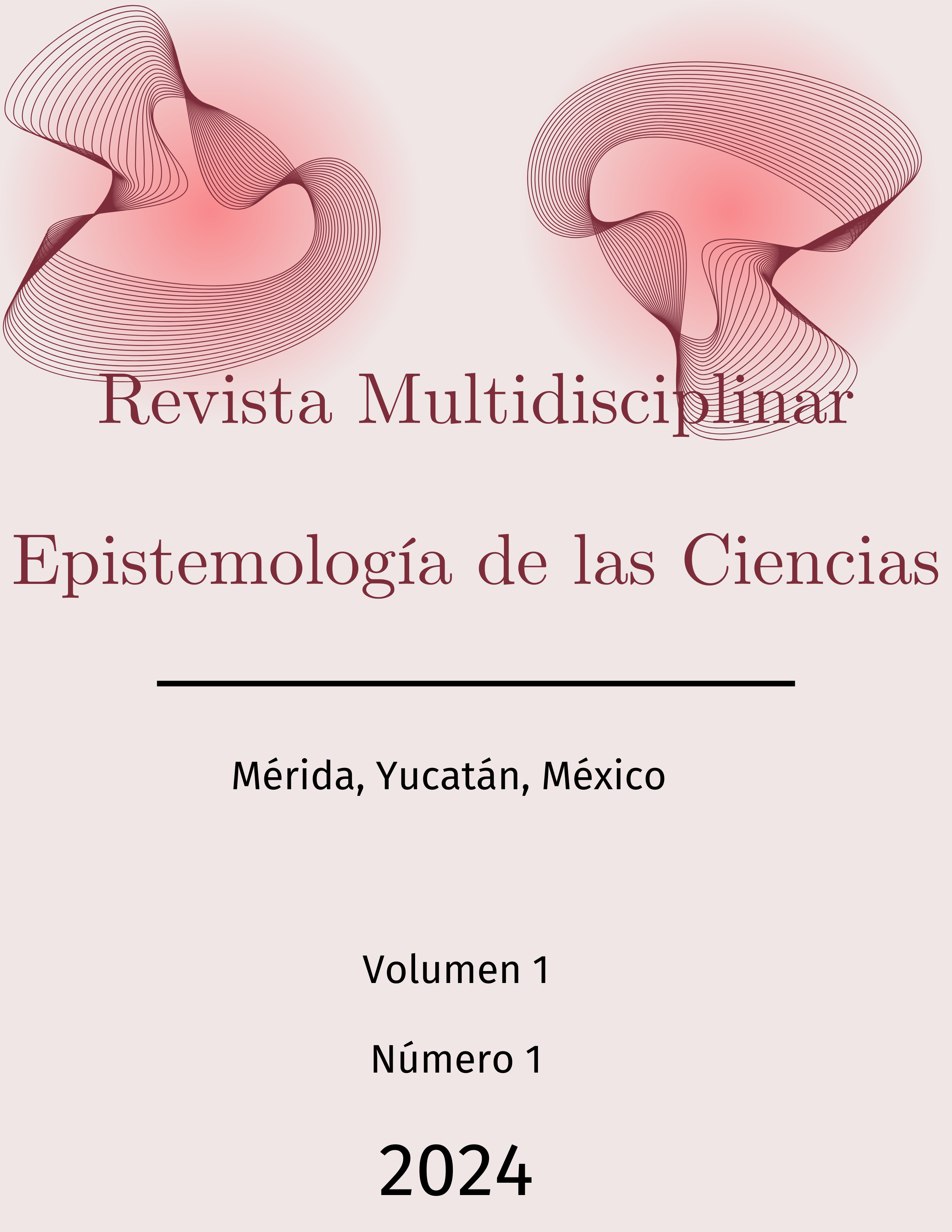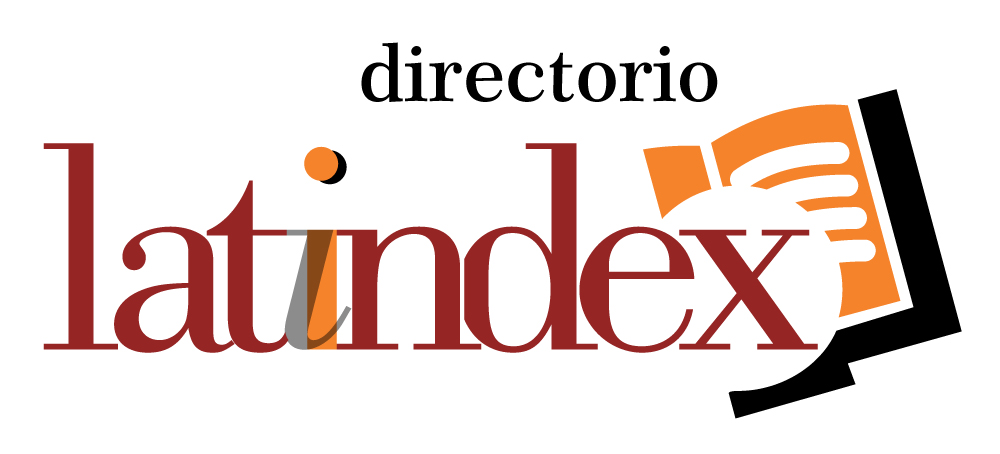Cultural dynamics and social practices in rural spaces: a historical analysis of the province of Chumbivilcas, Peruvian Andes
DOI:
https://doi.org/10.71112/cb6j1a67Keywords:
Chumbivilcas, Peruvian Andes, ayllu, reciprocity, Andean festivals, oral traditions, cultural resilience, globalizationAbstract
This article analyzes the cultural and social dynamics of Chumbivilcas, located in the Peruvian Andes, highlighting its historical evolution and adaptation to globalization. It focuses on the role of the ayllu, a traditional organizational unit that remains central to social and economic management, fostering values such as solidarity and resource balance. Cultural practices, including festivals and rituals particularly the Chumbivilcas Carnival are emphasized as spaces of cultural resistance and the transmission of historical memory. The study of reciprocity practices, such as ayni and mink’a, underscores community cohesion. Additionally, the transmission of ancestral knowledge ensures cultural continuity. The impacts of migration and globalization are addressed, with special emphasis on the crucial role of women and youth in preserving and reinterpreting traditions. The article concludes with a call for inclusive public policies to strengthen cultural identity and social cohesion in a globalized context.
Keywords: Chumbivilcas, Peruvian Andes, ayllu, reciprocity, Andean festivals, oral traditions, cultural resilience, globalization.
Downloads
References
Allen, C. (1988). The hold life has: Coca and cultural identity in an Andean community. Smithsonian Institution Press.
Bourdieu, P. (1980). Le sens pratique. Minuit.
Clifford, J. (1997). Routes: Travel and translation in the late twentieth century. Harvard University Press.
De la Cadena, M. (2000). Indigenous mestizos: The politics of race and culture in Cuzco, Peru, 1919-1991. Duke University Press. DOI: https://doi.org/10.1215/9780822397021
Favre, H. (1979). Los Incas: Economía, sociedad y estado en la era del Tahuantinsuyu. Siglo XXI Editores.
Flores Galindo, A. (1986). Buscando un Inca: Identidad y utopía en los Andes. Horizonte.
Lefebvre, H. (1991). The production of space. Blackwell.
Murra, J. V. (1975). El control vertical de un máximo de pisos ecológicos en la economía de las sociedades andinas. Instituto de Estudios Peruanos.
Quijano, A. (1992). "Colonialidad del poder, cultura y conocimiento en América Latina". En CLACSO: Ciencias Sociales y Ciudadanía. CLACSO.
Rivera Cusicanqui, S. (2010). Ch'ixinakax utxiwa: Una reflexión sobre prácticas y discursos descolonizadores. Ediciones Yachaywasi.
Rostworowski, M. (1998). Historia del Tahuantinsuyu. IEP.
Salas Carreño, G. (2011). "Rituals of resistance in Andean festivities". Anthropological Quarterly, 84(3), 617-650.
Scott, J. C. (1990). Domination and the arts of resistance: Hidden transcripts. Yale University Press.
Torero, A. (1974). El quechua y la historia social andina. Instituto de Estudios Peruanos.
Urton, G. (1997). The social life of numbers: A Quechua ontology of numbers and philosophy of arithmetic. University of Texas Press.
Walsh, C. (2009). Interculturalidad crítica y pedagogía de-colonial: Aportes al debate. Ediciones Abya-Yala.
Weismantel, M. (1998). Food, gender, and poverty in the Ecuadorian Andes. Waveland Press.
Downloads
Published
Issue
Section
License
Copyright (c) 2024 Multidisciplinary Journal Epistemology of the Sciences

This work is licensed under a Creative Commons Attribution 4.0 International License.











